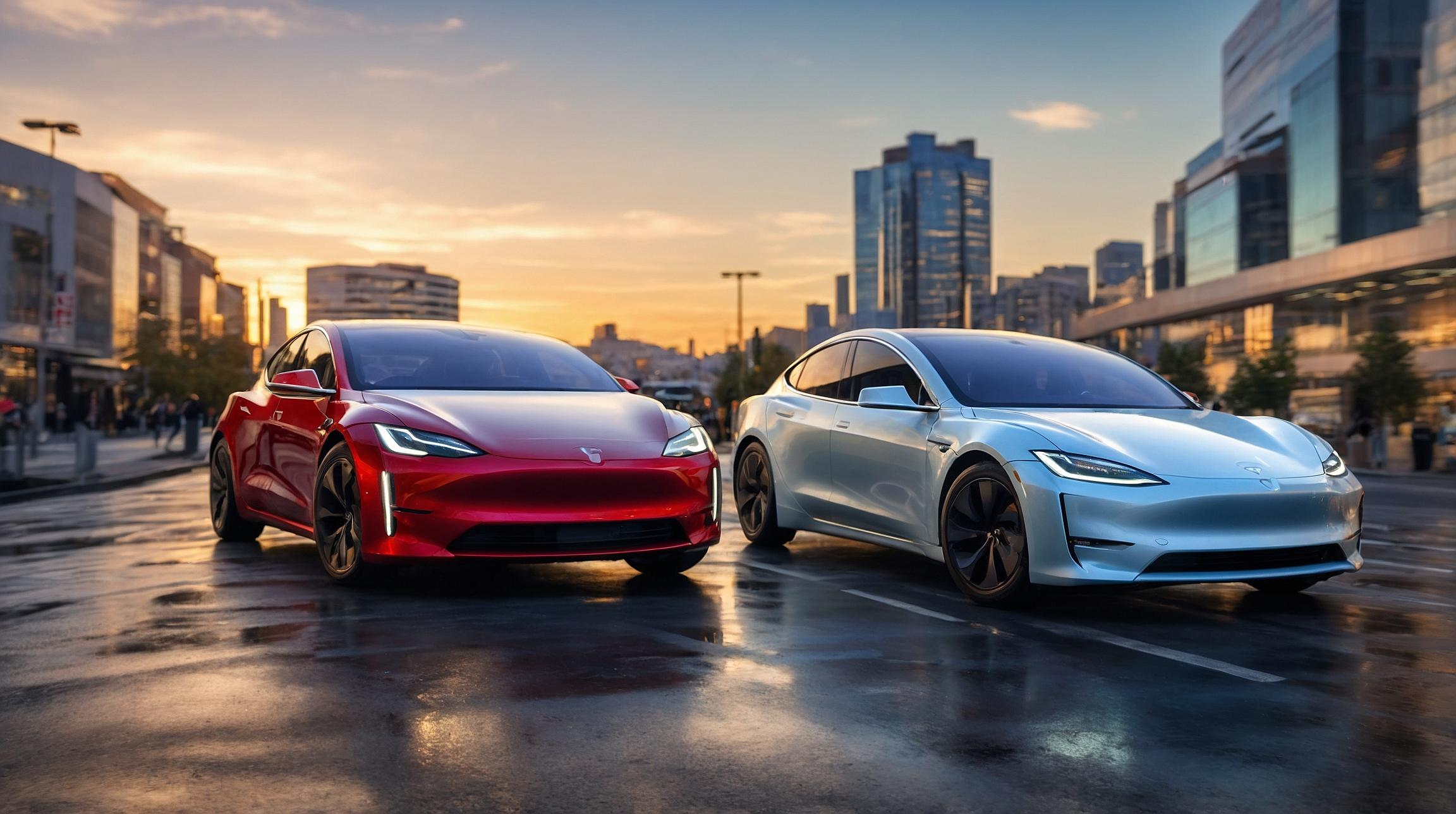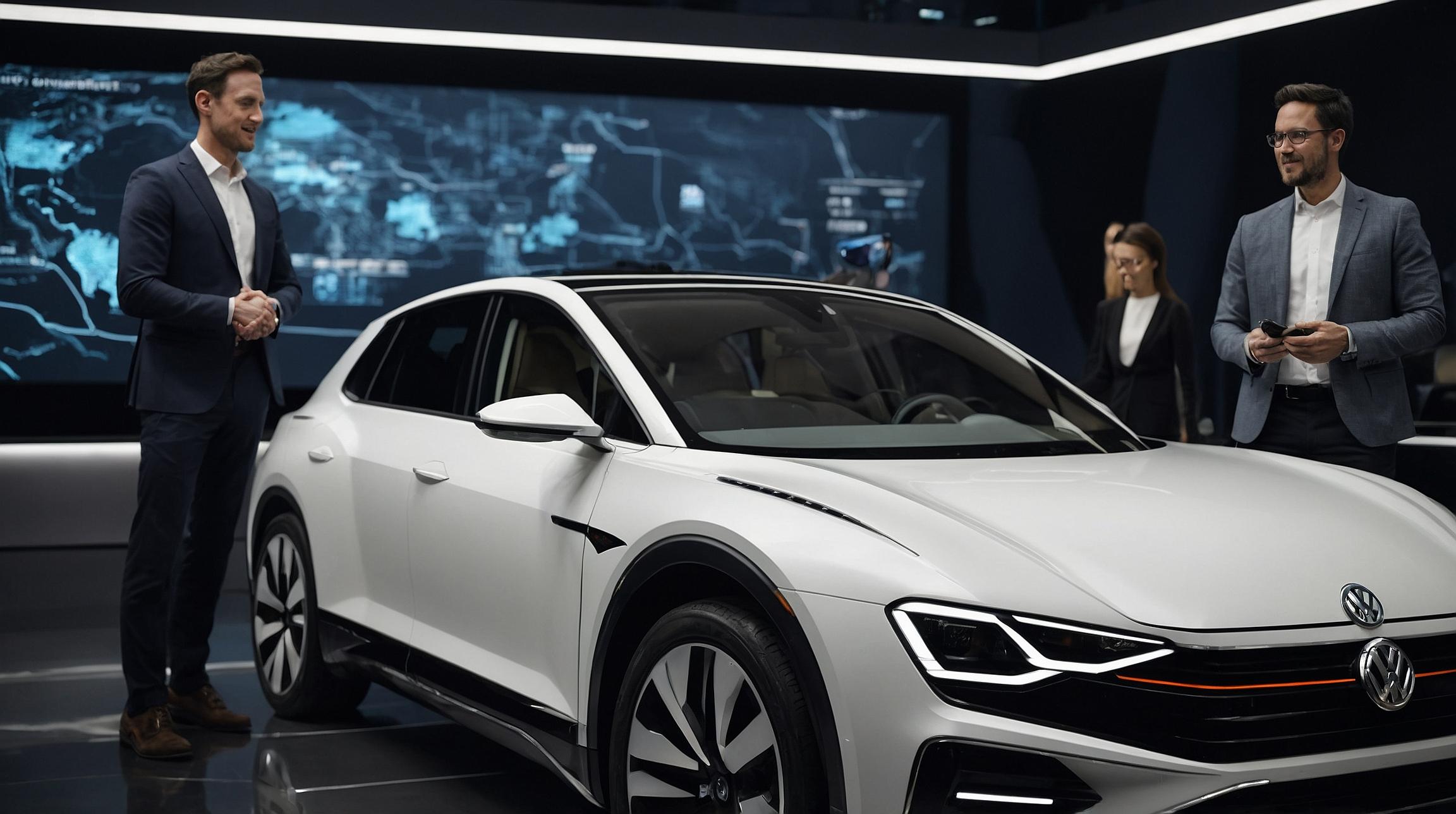EV Wave Still on Horizon, But Smaller Than Prior Tsunami
Bank of America Predicts a Slower Electric Vehicle (EV) Growth
Introduction
Bank of America analysts have revised their predictions regarding the growth of electric vehicles (EVs). According to their latest report, the shift towards EVs will be slower than previously expected.
Contents
Key Findings
- EV Penetration Slower: The percentage of EVs on the roads is expected to hit 25% by 2027, which is a year later than earlier forecasts.
- New Car Offerings: By 2028, about 60% of new cars will be either EVs or hybrids. This is a slight drop from last year's expectation of 64%.
Reasons for the Slowdown
- Resurgence of Internal Combustion Engine (ICE) Vehicles: Traditional petrol and diesel cars are making a strong comeback.
- Hybrid Vehicles Gaining Popularity: Hybrids, which use both traditional fuel and electric power, are becoming more appealing to customers. They offer the efficiency of electric power without fully relying on it.
Impact on Automakers
- Automakers like GM are shifting focus: Companies like General Motors (GM) are now putting more emphasis on hybrid vehicles along with EVs to cater to consumer preferences.
US EV Sales Projections
- 1.8 million EVs by 2024: This number is expected to increase to 4.5 million by 2028.
- Market Share: EVs will make up 11% of the market in 2024, down from a previous forecast of 14%.
Insight on Major Players
- Tesla's Position: Tesla is predicted to maintain its lead in the EV market with new models and an entry-level car.
- Traditional Automakers Gaining Ground: Companies like Stellantis, GM, Toyota, and Honda are expected to increase their share of the EV market, from 40% now to 65% by 2027.
Important Terminology Explained
- EV (Electric Vehicle): A car that only uses electricity to move. Example: Tesla Model 3.
- Hybrid Vehicle: A car that uses both electricity and traditional fuel like petrol or diesel. Example: Toyota Prius.
- Internal Combustion Engine (ICE): Traditional cars that run on fuel such as petrol or diesel. Example: Ford F-150.
Conclusion
While electric vehicles continue to grow in popularity, the journey towards widespread adoption will be slower than previously thought. Traditional and hybrid vehicles still capture significant consumer interest, influencing how car manufacturers plan their future production.













